Melbourne City Loop construction photos unearthed decades on show how far tunnelling has come
Photos of Melbourne’s City Loop under construction have been unearthed in the offices of an Italian infrastructure firm. And they show just how far technology has come for the Metro Tunnel.
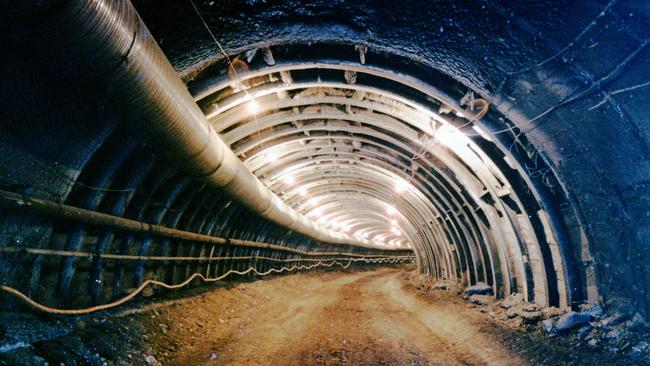
VIC News
Don't miss out on the headlines from VIC News. Followed categories will be added to My News.
Never before seen photos from the construction of Melbourne’s City Loop have revealed the huge leap forward in technology being used for the Metro Tunnel project today.
Taken during construction of the underground tunnels in the 1970s and 80s, the photos show early iterations of the tunnelling machines used today.
And they’re tiny.
RELATED: New picture shows excavated cavern for Metro Tunnel Station
Complex operation under way to build escape routes for Metro Tunnel
Italian civil infrastructure development firm Salini Impregilo unearthed the photos stored in their Milan head office’s archives since they last worked in Melbourne, on the City Loop project — originally called the Melbourne Underground Rail Loop.
They rediscovered the images late last year as they began tendering for Victorian infrastructure projects for the first time since the 1980s.
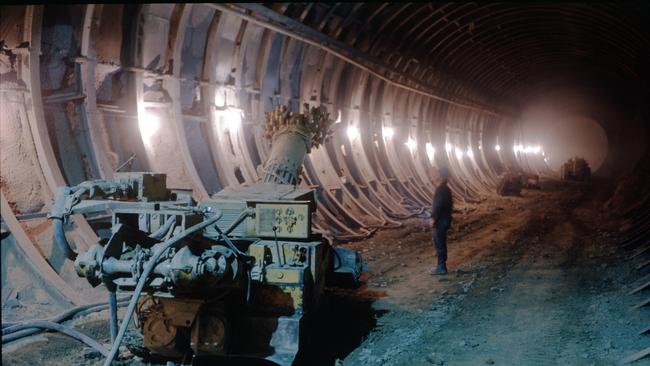

A road-header just one fifth the size of those used today is shown among the key machines used in the City Loop’s decade long construction.
With rotating tungsten picks covering its boring end, it was one of the tools used to grind out the tunnels at an estimated 25m a week.
Road headers are now five times larger, but only used to shape the tunnel.
Tunnel boring machines do the heavy lifting for excavation today, and are capable of digging up to 200m in the same time frame. Just one was used while constructing the City Loop.
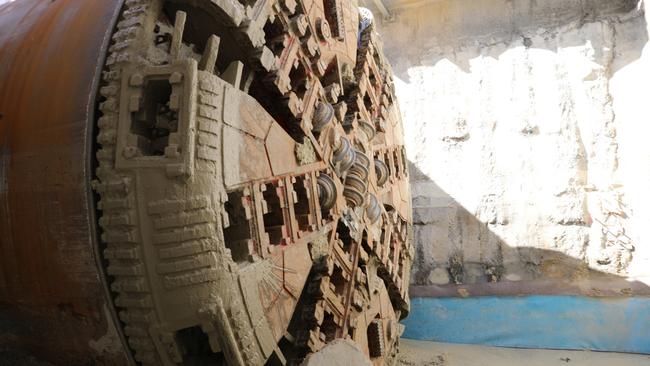
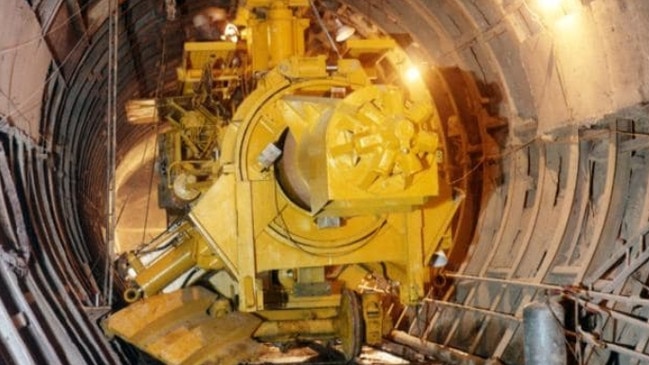
Salini Impregilo Australia and Oceania executive director Marco Assorati said the last time rail tunnels were excavated beneath Melbourne there may have even been consideration given to the “drill and blast” method.
“You can see from the photographs that the equipment was much smaller and less powerful than today,” Mr Assorati said.
He said tunnel boring machines used today were fitted with 8000 monitoring instruments to detect issues before they could impacts to the wider community or excavation works — and in some instances could even lay down concrete as they dug through the earth.
Further images from the firm show eerie tunnels, empty except for their lighting before rail lines were added to them, as well as workers creating a station box that later became part of Flagstaff or Melbourne Central station.
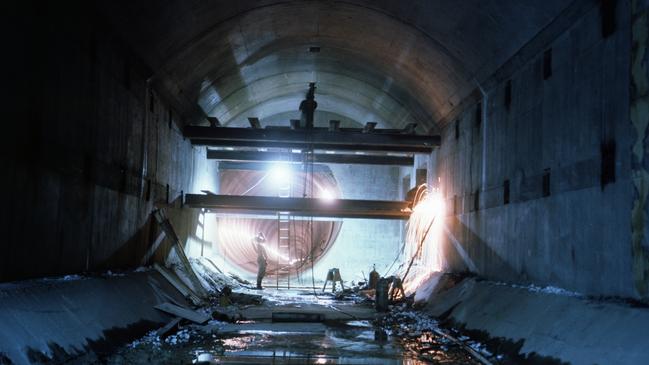
Last month the Premier toured a cavernous opening that will become State Library Station in the new Metro Tunnel project.
Its twin rail lines will be 9km long when finished, with five underground stations to be added as part of the project.
The $11 billion project is expected to be completed in 2025, about seven years after work commenced in 2018.
By contrast, the 12km of City Loop tunnels took 10 years to complete after work began in 1971, though tunnelling only commenced in 1972.
It includes three underground stations and cost $500 million to construct, or just under $2 billion in today’s figures.
Originally published as Melbourne City Loop construction photos unearthed decades on show how far tunnelling has come
